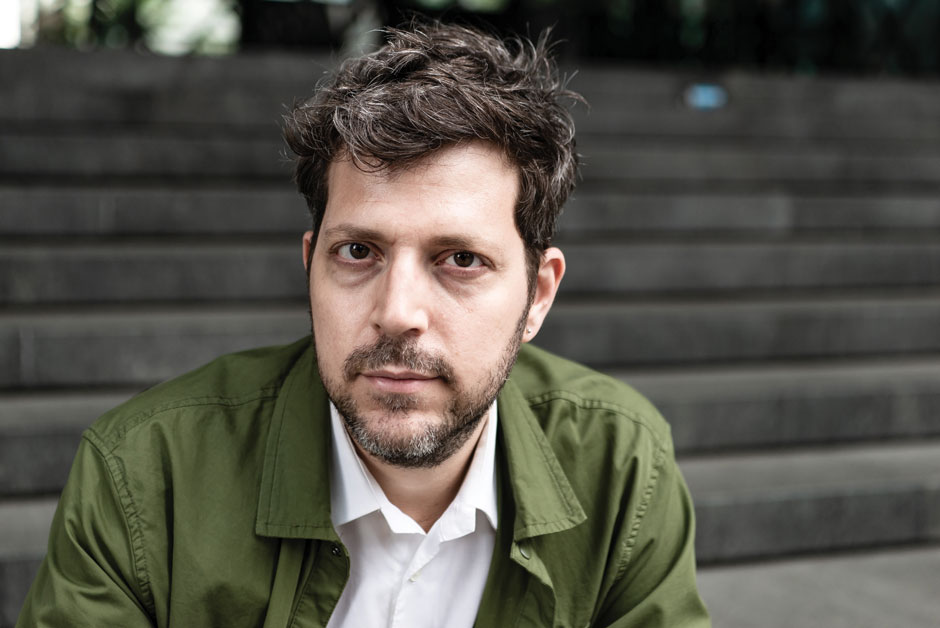Q&A with Tal Rosner
Fanfare Cincinnati asked Tal Rosner about his vision for the video production he created for Prometheus: Poem of Fire:

What influences did you pull from for your video for our performance of Prometheus: Poem of Fire?
When approaching Scriabin’s Prometheus, well known for its original conception as an audiovisual piece, I naturally began with a detailed analysis of the famously enigmatic “clavier à lumières” color-coded score. Once colors were allocated to every section, and sometimes every bar, I continued to develop imagery which felt right for the music, mostly as the tool in my hands (in this case: a video screen) allows me to explore more than color alone, but also shapes and forms, movement and animation.
Repeatedly listening to various recordings of Prometheus, I found the piece to be extremely complex and deceptively simple at the same time. Like a memory game or a jigsaw puzzle where the more you play, the more you believe you can decipher; however, the experience will prove to be as challenging on your next round. From that point on I accepted a certain element of magic or alchemy in my experience of the piece: ever elusive and never the same.
Through turbulent meanderings in space, whether outer—or an interior realm (open to interpretation of course!), I take the audience on a journey of color and also Creation, where stars are born and universes collide, where fire is the force that keeps us turning, but could easily bring us to our own demise. With a dash of humor, and a few secret codes, I follow the threads left for me by the omnipresent composer as if they were launch pads.
Associations, contemplations, dream-like states…all are at play in this truly monolithic piece of art, to which I humbly add another angle, graphic and personal to me. Implementing order in chaos, or vice versa, in a wild cosmic dance.
You have achieved a lot of success within the classical music industry as a filmmaker and video artist. What does your success within classical music mean for the industry today, as well as its future?
I believe that in an increasingly visual world like our own, we can expect to see more and more infusions of video elements to stage performances—be it in theatre, opera, dance or classical music. As technology advances and audiences diversify, we also develop more tools to enjoy multiple-channel presentations—however, video should only exist on stage when necessary and when it can add a dimension to the reading of the piece. It shouldn’t compete with any of the existing art-forms, but only complement them or contextualize them in a new light.